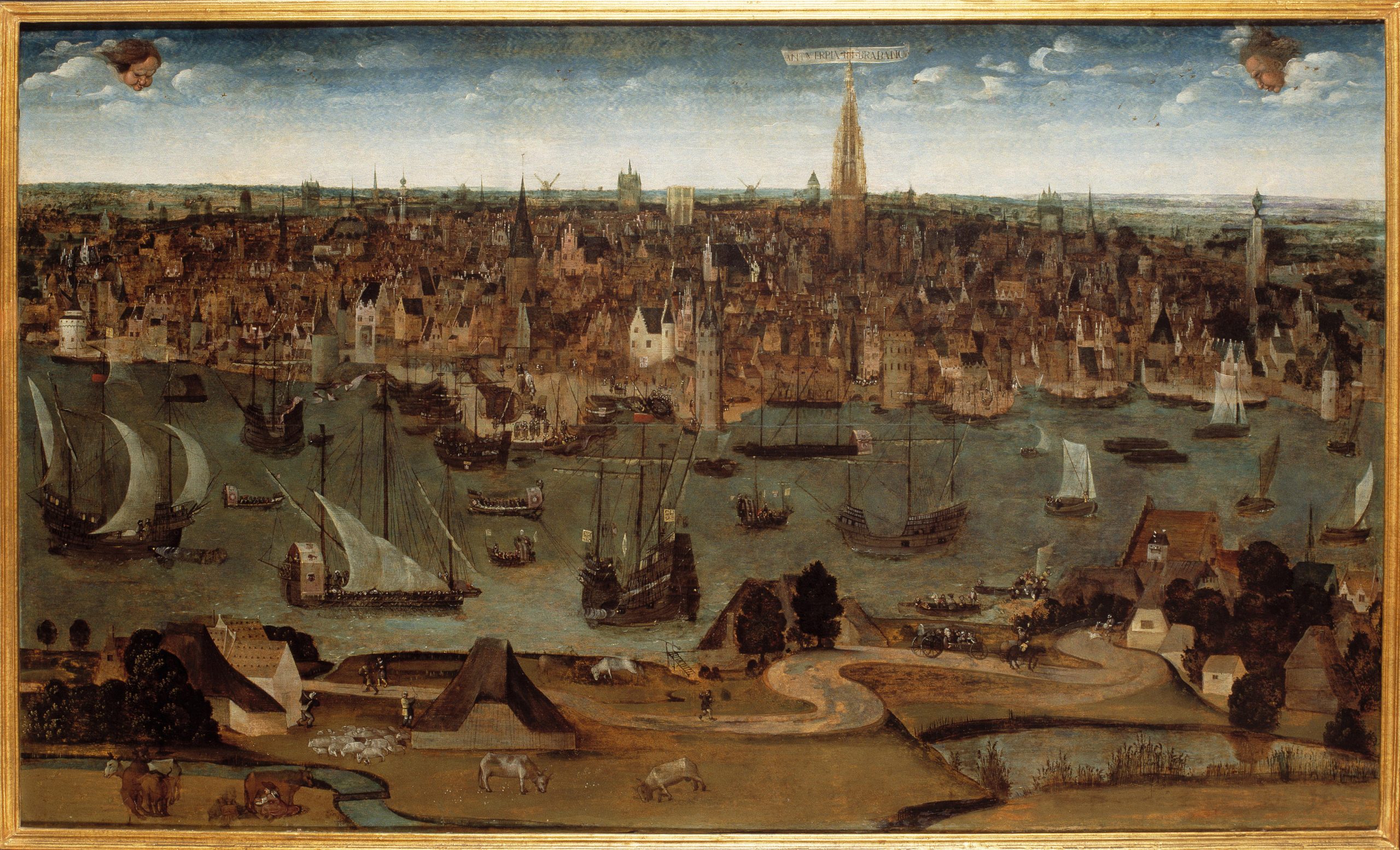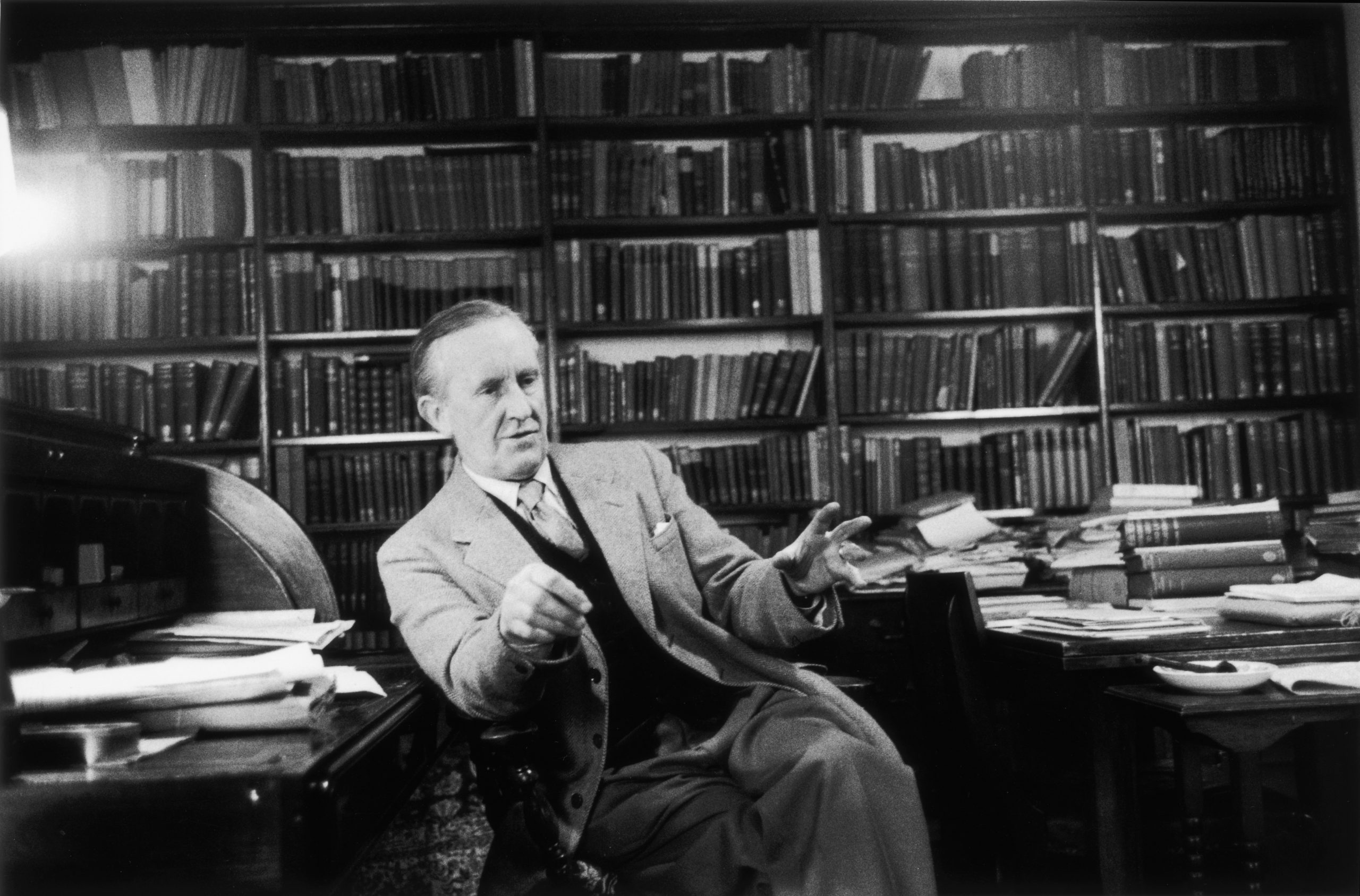You take the Eurostar to Antwerp and you’re heading for a long lost city; but you might not know it. The railway station has glamour, the monuments are fine and the churches spectacular, the fleshy ghost of Rubens is everywhere.
The town has chocolate, frocks, diamonds and the world’s best chips, very decent beer and more cocaine in the sewers than any other city in Europe (the Economist says so.) Antwerp is visibly alive.
There is a lost Antwerp, even so: an Antwerp behind the official story told by the baroque churches and the rebuilt Rubens’ house. In the sixteenth century, long before fire and world wars broke so much of the city’s fabric, Antwerp was the hub of the world that Europe knew. Venice was envious.
Before the Hapsburgs took back control of its walls and its story in the 1580s it had been trying for almost a century to work out how to be itself inside an empire. It was full of secrets and spies and astonishing knowledge, from talks with angels to cures for syphilis.
Not much sign now, you might think as you walk past glossy shop windows on the Meir. The Meir always was the market space of the city, but once there were painted facades on shops with oiled cloth windows, so dim the goods had to be on trays outside. Go down to the Grote Markt, the great market square with its guildhalls and the splendid Town Hall and it’s easy to forget the town didn’t bother with a new town hall until decades after its new Exchange; and then mutinous troops burned the records it held. Nothing tells you about the killer banker who was executed on these stones. They roasted him slowly, then mercifully set fire to the bag of gunpowder round his neck.
As for the Exchange that became the model for Europe, it burned down in the 1580s and had to be rebuilt, then became a kind of art college. The time when it was the true heart of business — where all of Europe’s IOUs came to be cashed — is forgotten. The city’s defences, too, have been edited by time and town planning. Most of the fort called Het Steen came down in the 19th century to make new quays and stop the river silting up; the town lost its oldest church and dozens of fine houses in the new plan. Sometimes keeping the port working meant wiping away its past.
You can still find the story, though. Every so often you see a house with a tower—for watching a man’s ships come and go on the river. One of those towers was added to the original Exchange, the Oude Berus, an open courtyard for trading spice after it became a house again in 1533. You can still see the business area, with its escape routes onto three streets.
The magnificent, if still unfinished cathedral has the chapels made for the guilds; you can imagine the fierce competition between them in the fine music they sponsored. But the tourists nowadays would crowd out the daily jobs market of the 16th century.
Go to the Vleeshuis museum, which honours a city full of music from the harpsichord makers to the bands that played the German merchants to the Exchange to the bells and handbells that played songs and psalms, and look at the building. It’s a palace built for butchers, the same architect as the cathedral, with gilded wallpaper in the meeting rooms; it shows the power of a trade which behaved like an aristocracy.
The Brouwershuis museum is about water, even though it was built for brewers in the town’s new Northern section. Antwerp was crammed, dirty and dusty and water to make proper beer had to come from somewhere else. In the Brouwershuis it was piped through the city walls to basement tanks, then raised twenty meters on a horse-powered wheel of buckets to feed the new breweries. There is even a tap on the façade in case anyone fancied plain water.
Not all the buildings of the lost city have changed their uses. Walk into the calm and quiet of the Begijnhof on Rodestraat, a garden within a brick courtyard and there is the sweet memory of the Beguines, a religious order set up for women who could not buy their way into nunneries. These women had their own rules; if one got pregnant she had to stay away for a year and could then come back. They could work outside the beguinery. They could return to the calm of these little houses on little streets with the shade of old trees.
And then there is the Plantin-Moretus museum on Vrijdagmarkt, brought back from blackened spars and rubble at the end of the Second World War and looking as though it was never ruined. Once, the square was where you went to hire fine clothes for special occasions, and the building was the printshop of Christophe Plantin.
He was perhaps the greatest printer and publisher of the 16th century, who traded in Bibles and breviaries, science and medical knowledge and Roman history and first-hand accounts of the Moscow court of Ivan the Terrible.
Plantin’s house still has the rows of presses, the type, everything except the smell of hot metal, but it is something more: the heart of the lost city.
Plantin was a Frenchman who chose the old Antwerp just because it was a town of foreigners and foreign ideas. He could find the right workers, buy paper easily and ship his books by sea or by the Rhine wherever they were wanted; the port shipped his books and their ideas everywhere. He kept a shop in Paris and a branch in Leiden, but Antwerp made it possible to build an empire out of his craft.
The old town is masked now by the Hapsburg empire and everything that has happened since, including V-2 rockets. But it is alive and astonishing if you only know where to look.
Antwerp: The Glory Years by Michael Pye is published by Penguin on August 5



